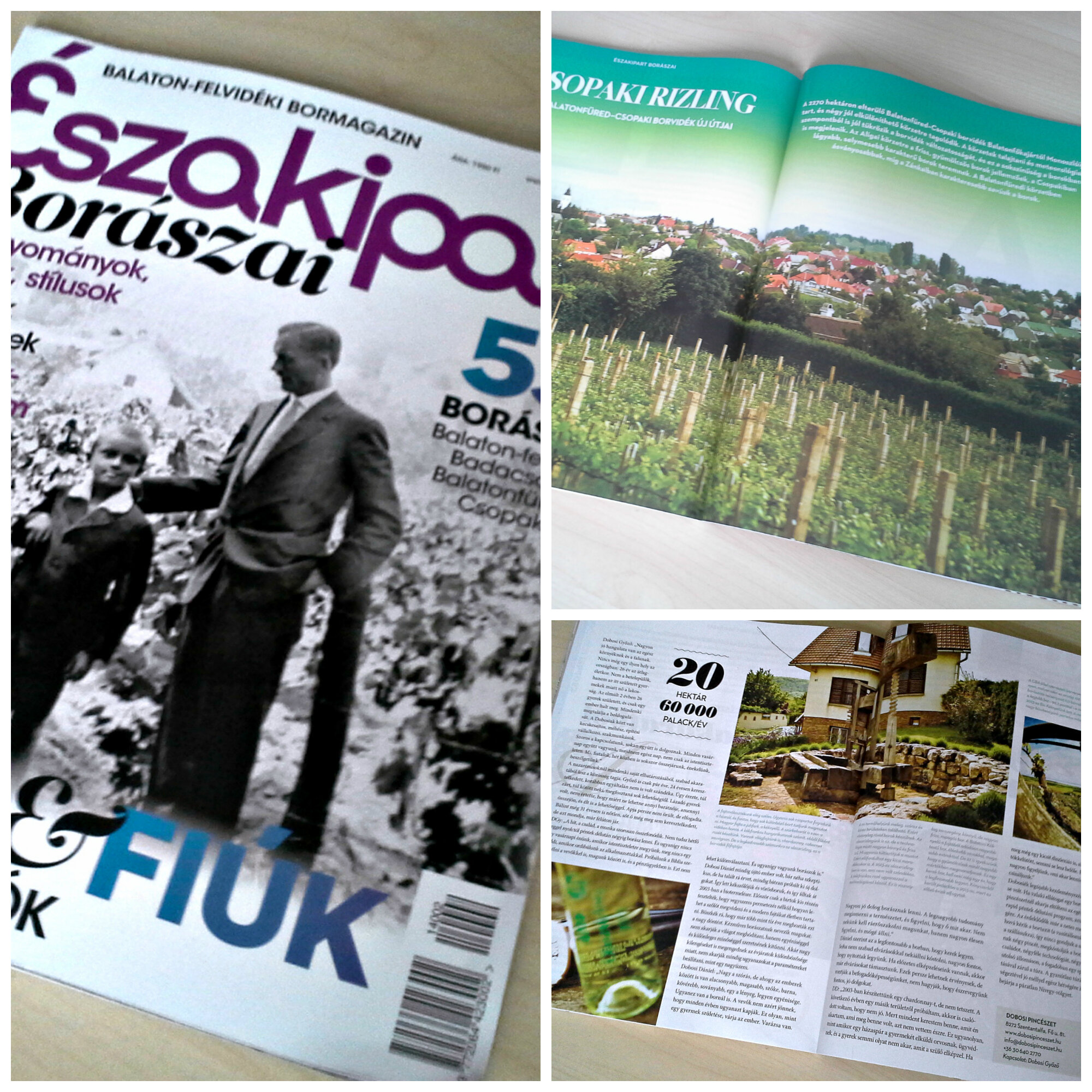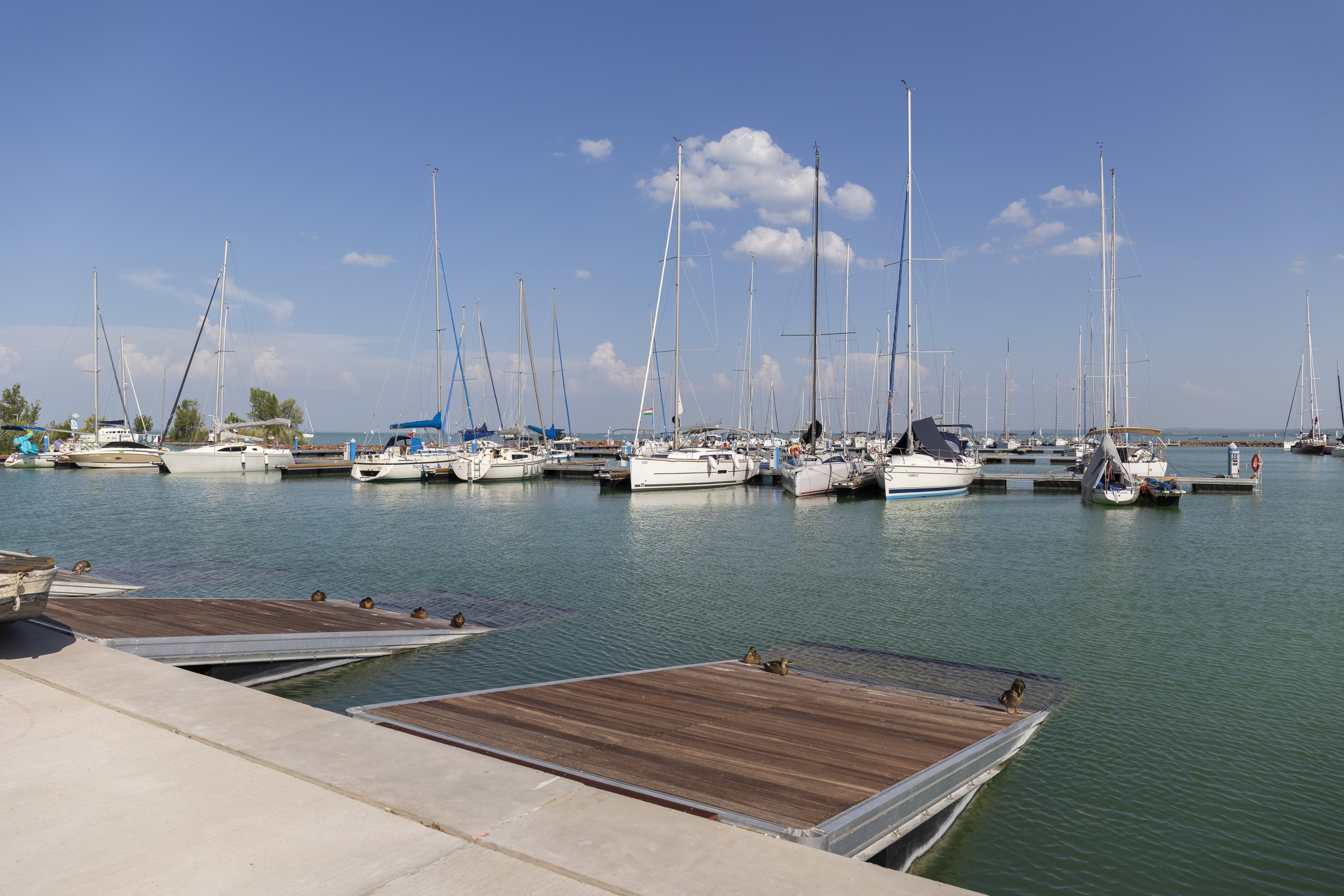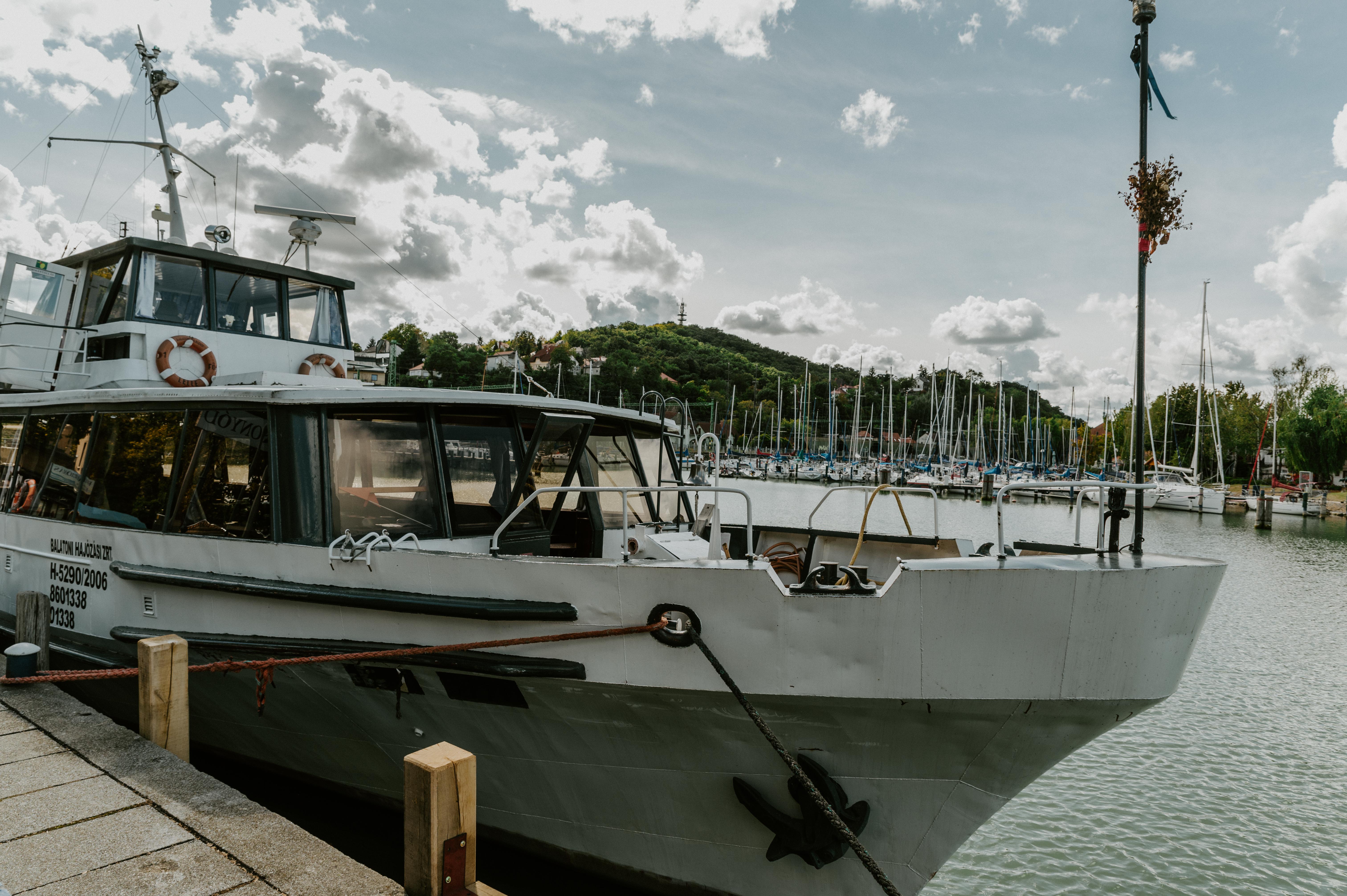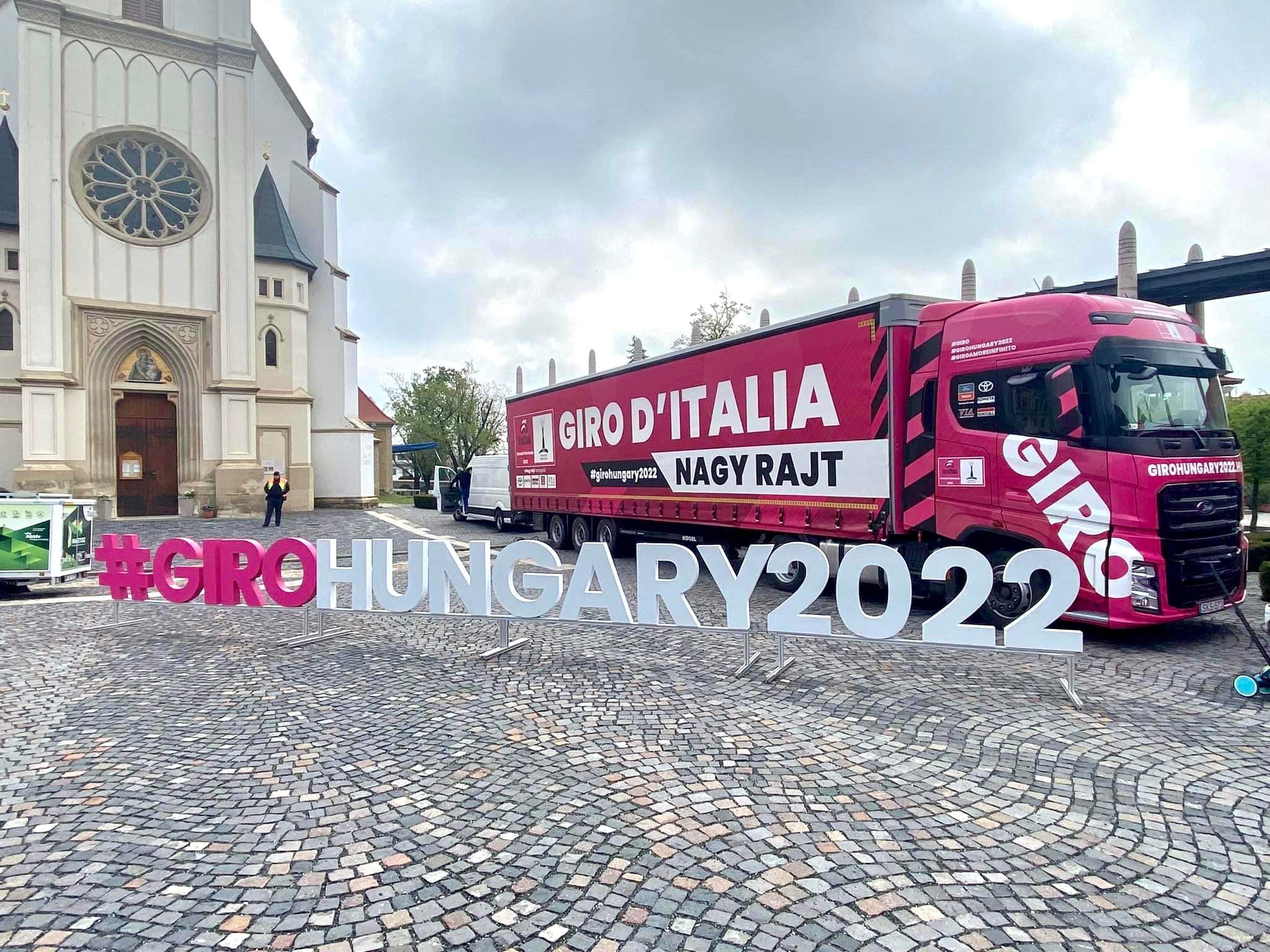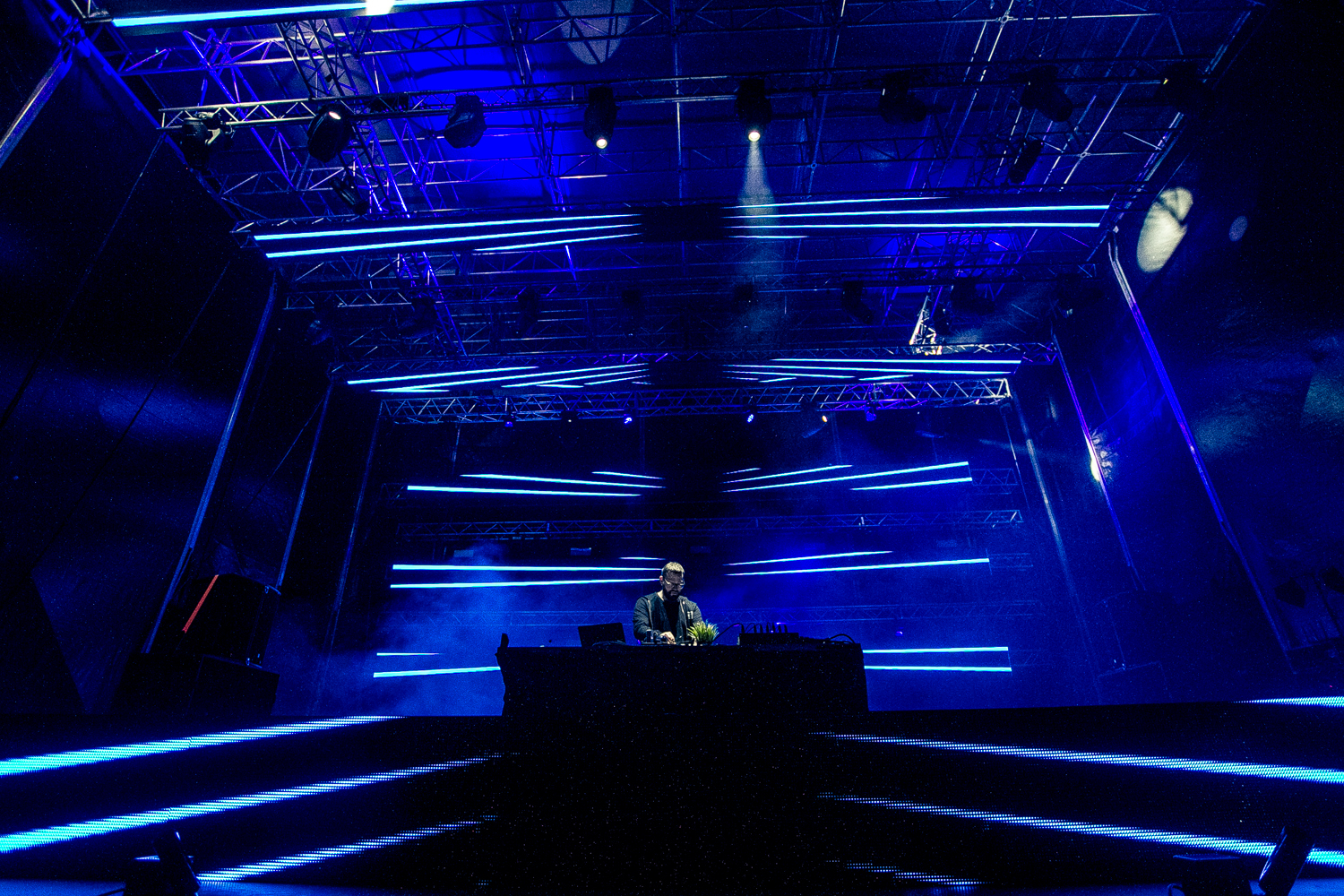Saying that the northern shore of Lake Balaton is full of great winemakers is as big and fat of a cliché as yammering on about how trains are always late on the south coast. Everyone knows it, but the stories of the individual winemakers are perhaps less known, and you’ll be surprised to learn that the Pálffy family has lived in Köveskál for 200 years or that in the 500-strong township of Szentantalfa every other person is called Dobosi, though that may be a slight exaggeration.

The Északipart team managed to fill this exact void: they visited winemakers and winemaking clans one after the other, and picked their brains not only about their wines, but also about their lives and day-to-day operations. The whole thing has a clearly structured frame, of course: the wine culture of the Balaton Uplands is discussed in general, as well as a majorly successful 19th century Sümeg-based wine merchant, who, apart from purchasing illogically large vineyards, took his wines to the big cities of Europe from Rome through Madrid all the way to London.

The journey of painting a picture of the winemakers - highlighting the traditions being passed down from father to son - starts in the Káli Basin, followed by the Badacsony and the surrounding area, and is rounded off in the Balatonfüred-Csopak region. The professional side of things is discussed here and there in the profiles, but in a way that will not throw laypeople, as the emphasis is on the stories: it is revealed why Tamás Istvándy will not make rosé wines and what the minimax principle means at Szeremley, which has a top-quality large-scale production line.

A separate article is dedicated to the professional codex of Csopak vintners and to how last year none of them managed to meet the jointly composed criteria. The issue also contains information about the composition of the soil at the various vineyards as well as a crash course on native species, whites and reds alike.
All articles reflect a positive view of the region and its inhabitants. Every line exudes optimism: there is hope that recently launched processes can invigorate the area, and help these excellent winemakers become more than figures in an oversized open-air museum. This expectation is boosted by the fact that the northern shore is regarded as a special region not only in Hungary, but in the whole of Europe as well, as it garners respect even in the western end of the continent if a certain vineyard was already used by the Romans.

